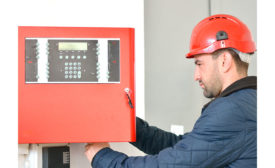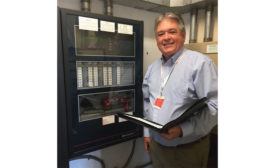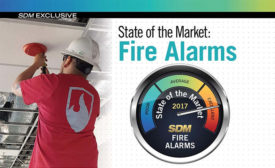Home » Keywords: » State of the Market: Fire Alarms
Items Tagged with 'State of the Market: Fire Alarms'
ARTICLES
SDM EXCLUSIVE
The fire alarm industry experienced another good year, full of further adoption of technological and code changes, along with self-created opportunities to increase revenue.
Read More
State of the Market: Fire Alarms 2018
With a strong economy, plus a healthy new construction and retrofit market, business remains steady in the fire space, with a few new opportunities, but also some notes of caution
May 9, 2018
State of the Market: Fire Alarms 2017
Fire detection insiders are literally “fired up” over last year’s market performance and the potential going forward. While still heavily code-driven, there are signs of technology innovations and changes pointing to more integration and opportunity than ever before.
May 2, 2017
State of the Market: Fire Alarms 2016
In a market that is historically a code-driven ‘have-to’ purchase, small changes can have big impacts; and 2015 saw the continuing of that trend, with strong performance and a very positive outlook for 2016.
June 1, 2016
State of the Market: Fire Protection 2014
Fresh technologies are driving growth in the mature 2014 fire market.
May 20, 2014
State of the Market: Fire Protection 2012
Benjamin Franklin was savvy enough to put his wisdom into words regarding the ROI of fire prevention.
May 18, 2012
State of the Market: Fire Alarm 2011
The focus on fire protection and mass communication is stronger than ever, providing opportunities in 2011 and helping shift the fire industry ‘from neutral to positive.’
May 12, 2011
Get our new eMagazine delivered to your inbox every month.
Stay in the know on the latest security marketplace trends.
SUBSCRIBE TODAY!Copyright ©2024. All Rights Reserved BNP Media.
Design, CMS, Hosting & Web Development :: ePublishing








